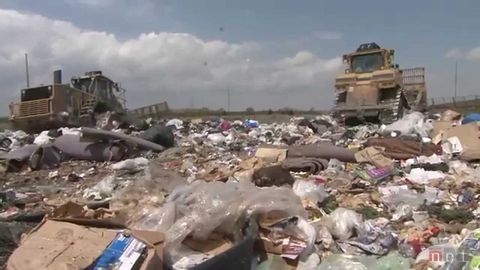
Subtitles & vocabulary
Tossed Out: Food Waste in America
00
王正树 posted on 2016/11/07Save
Video vocabulary
food
US /fud/
・
UK /fu:d/
- Noun (Countable/Uncountable)
- What people and animals eat to live
- Things taken in by plants to maintain life
A1TOEIC
More eat
US /it/
・
UK /i:t/
- Verb (Transitive/Intransitive)
- To put food in your mouth
- (of a substance, especially acid) to destroy or wear away (something) gradually by chemical action.
A1
More people
US /ˈpipəl/
・
UK /'pi:pl/
- Noun (Countable/Uncountable)
- Persons sharing culture, country, background, etc.
- Men, Women, Children
- Transitive Verb
- To populate; to fill with people.
A1
More glass
US /ɡlæs/
・
UK /ɡlɑ:s/
- Countable Noun
- Clear hard container used for drinking
- Noun
- A lens for eyewear
A1
More Use Energy
Unlock All Vocabulary
Unlock pronunciation, explanations, and filters
